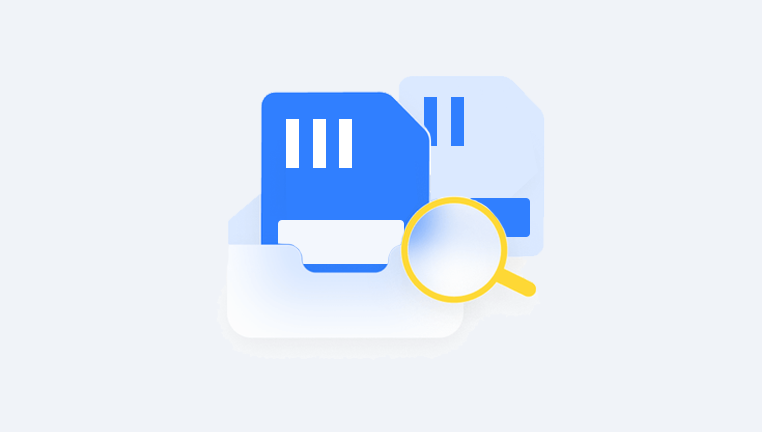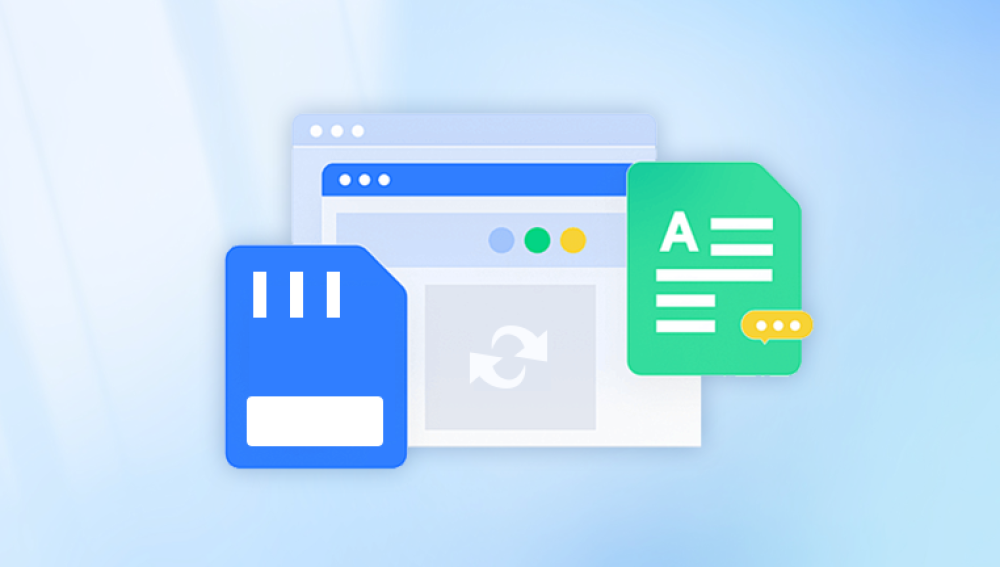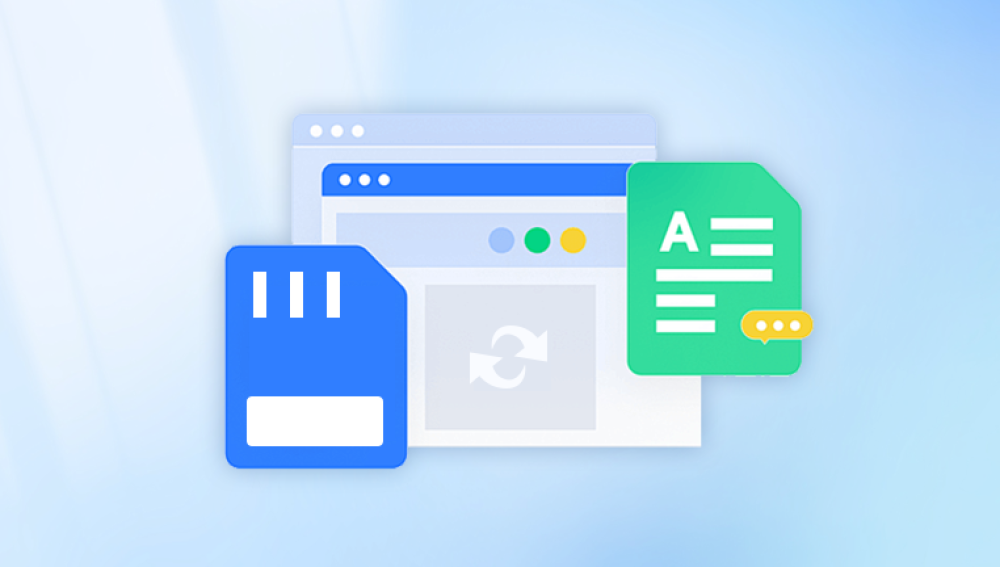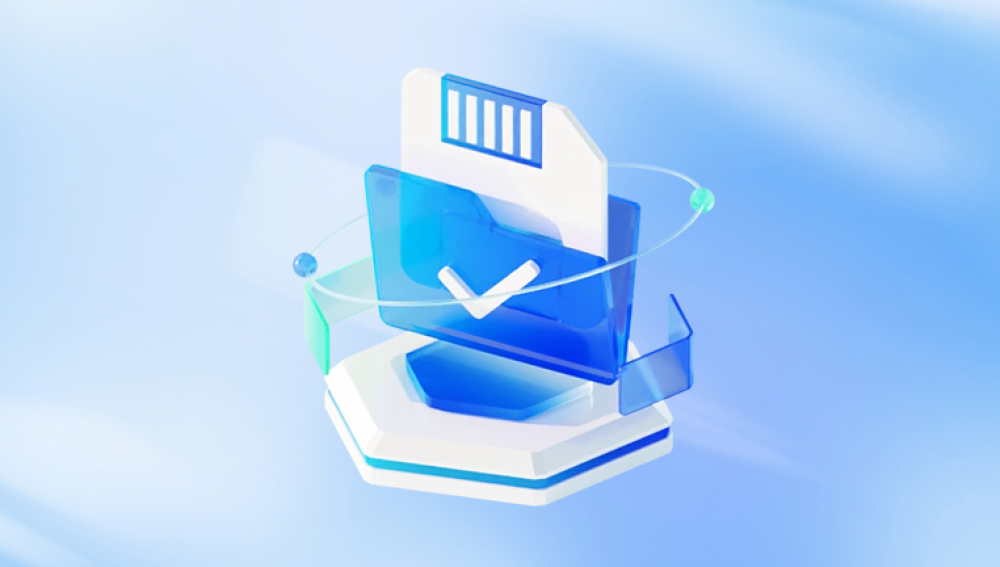When the worst happens, many users believe their precious photos, videos, and files are gone forever. Fortunately, this isn’t always true. With the help of a free SD recovery tool, many lost files can be recovered quickly and easily even by users with minimal technical experience.
1. Accidental Deletion
The most common cause of lost data is human error. Deleting files without realizing it or clearing entire folders can wipe out important information.
2. Formatting Mistakes
Formatting an SD card by accident or because a device prompts you to—erases all data. However, unless new data is written over it, formatted files are often still recoverable.

3. File System Corruption
Power outages, unsafe ejection, or using the card with incompatible devices can damage the file system, rendering the SD card unreadable.
4. Malware and Viruses
SD cards plugged into infected computers can suffer file deletion, hiding, or corruption. In some cases, malware can reformat the entire card.
5. Physical Damage
Bending, cracking, or exposing the SD card to water or extreme temperatures can cause physical damage. While harder to recover from, data may still be salvageable with proper tools.
What Happens When Data is Lost?
When a file is deleted or the card is formatted, the data isn’t immediately removed from the storage device. Instead, the system marks the space as "available" for new data. Until that space is overwritten, the original files can often be recovered using special software.
That’s where SD recovery tools come in. These tools scan the storage space for remnants of deleted files and attempt to reconstruct them so they can be restored.
What Makes a Good Free SD Recovery Tool?
Not all data recovery tools are created equal. When selecting a free SD recovery tool, it’s important to consider the following features:
1. Ease of Use
The best tools offer intuitive interfaces that make scanning and recovery easy, even for beginners.
2. File Type Support
Look for tools that support a wide range of file types: images, videos, documents, audio, compressed files, and more.
3. Preview Option
Previewing files before recovery helps users verify what they’re about to recover and avoid wasting time or space.
4. Compatibility
The tool should work with all major SD card types (microSD, SDHC, SDXC) and be compatible with your operating system (Windows/macOS).
5. Free Recovery Limits
Some tools are labeled “free” but limit the amount of data you can recover. Choose one that gives a reasonable amount for free or offers unlimited recovery without charge.
Free SD Recovery Tools
Here are some of the most effective and widely-used SD card recovery tools that are free to use:
1. Drecov Data Recovery (Windows,)
A newer but rapidly growing option, Panda offers a free version with deep scan and file preview functionality. It’s designed to work specifically well with removable storage like SD cards.
Pros:
Beginner-friendly
File preview
Supports hundreds of file types
Cons:
May limit total data recovery on the free tier
Still evolving with regular updates
2. Disk Drill (Windows, macOS)
Disk Drill allows users to recover up to 500MB of data for free on Windows and has a clean, modern interface. It works well with SD cards and offers detailed scan reports.
Pros:
Attractive interface
Partial free data recovery
Preview function included
Cons:
Recovery limit is small (500MB)
Paid version is expensive
3. EaseUS Data Recovery Wizard Free (Windows, macOS)
A trusted name in data recovery, EaseUS supports up to 2GB of free recovery with registration. It has a wizard-driven interface perfect for novices.
Pros:
High recovery success rate
Easy to navigate
Supports multiple formats
Cons:
Limited free recovery
Slower deep scan compared to some others
Step-by-Step Guide: How to Use a Free SD Recovery Tool
Let’s walk through how to use a typical SD recovery tool. For this example, we’ll use Drecov Data Recovery due to its simplicity and high performance on SD cards.
Step 1: Stop Using the Card
Avoid writing new data to your SD card. Continued use may overwrite the deleted files and reduce your chances of recovery.
Step 2: Download and Install the Tool
Go to the official website of your chosen tool. Download and install the program on your PC or Mac, ideally on a drive other than the one you’ll be recovering from.
Step 3: Insert the SD Card
Use a card reader or connect your device directly via USB. Make sure the SD card is recognized by your computer.
Step 4: Launch the Software
Start the recovery software. You should see your SD card listed as an available drive.
Step 5: Choose Scan Type
Select a quick scan if the file was deleted recently. Opt for deep scan if the card was formatted or corrupted.
Step 6: Preview Files
Once the scan completes, browse through the recoverable files. Use the preview option to confirm the content before recovery.
Step 7: Select and Recover
Check the boxes next to the files you want to restore. Choose a different drive (not the SD card) as the recovery destination.
Tips to Improve Recovery Success
Using the right tool is only part of the equation. Here are best practices to help you maximize the likelihood of a successful recovery:
Act Quickly
The longer you wait to recover files, the higher the chance that they will be overwritten by new data.
Don’t Save to the Same Card
Always restore files to a different location—either your computer’s hard drive or an external device.
Use Deep Scan When Necessary
If a quick scan doesn’t find your files, don’t give up. Deep scan digs into every sector of the card for trace data.
Avoid Cheap Card Readers
Poor-quality readers can misread or further damage the SD card. Use a reliable, brand-name card reader when possible.
Real-World Recovery Scenarios
To demonstrate the power of SD recovery tools, here are some common situations where they can be lifesavers:
Scenario 1: Vacation Photo Deletion
You delete your vacation photos while trying to make room for more. You stop using the SD card, connect it to your PC, run Drecov Data Recovery, and retrieve the lost memories in under 15 minutes.
Scenario 2: Dash Cam Overwrites
Your dash cam overwrites old footage. You try a deep scan using PhotoRec and recover some of the overwritten data, including accident footage critical for insurance.
Scenario 3: Drone Crash
A drone crashes mid-flight, and the SD card becomes unreadable. Disk Drill identifies the card and recovers usable footage from a deep scan.
When Free Tools Aren’t Enough
While free SD recovery tools are incredibly powerful, there are times when you may need to consider professional recovery services or paid versions:
Severe Physical Damage: Cracked, bent, or burned cards often need specialized equipment.
Encrypted Data: Some recovery tools may not bypass encryption or password protection.
Consistent Errors: If your SD card won’t mount, constantly disconnects, or gives file system errors, recovery may require advanced forensics.
In such cases, contacting a professional data recovery lab is your safest bet.
Preventing Future Data Loss
The best way to deal with data loss is to prevent it from happening in the first place. Follow these tips:
Backup Regularly
Make backups a habit. Use cloud storage, external hard drives, or syncing services.
Format Correctly
Always format SD cards using the device they’ll be used in. Avoid using them across different devices without reformatting.
Use High-Quality Cards
Cheap or no-name SD cards are more prone to failure. Stick to reputable brands like SanDisk, Kingston, Lexar, or Samsung.
Safely Remove Cards
Eject your SD card properly before removing it from any device. This avoids file system corruption.
Scan for Viruses
When connecting your SD card to public or shared computers, always scan it for malware afterward.
Accidentally deleting photos or formatting your SD card can feel like a devastating loss. But with the help of a reliable free SD recovery tool, you have a strong chance of getting your data back without spending a cent.




